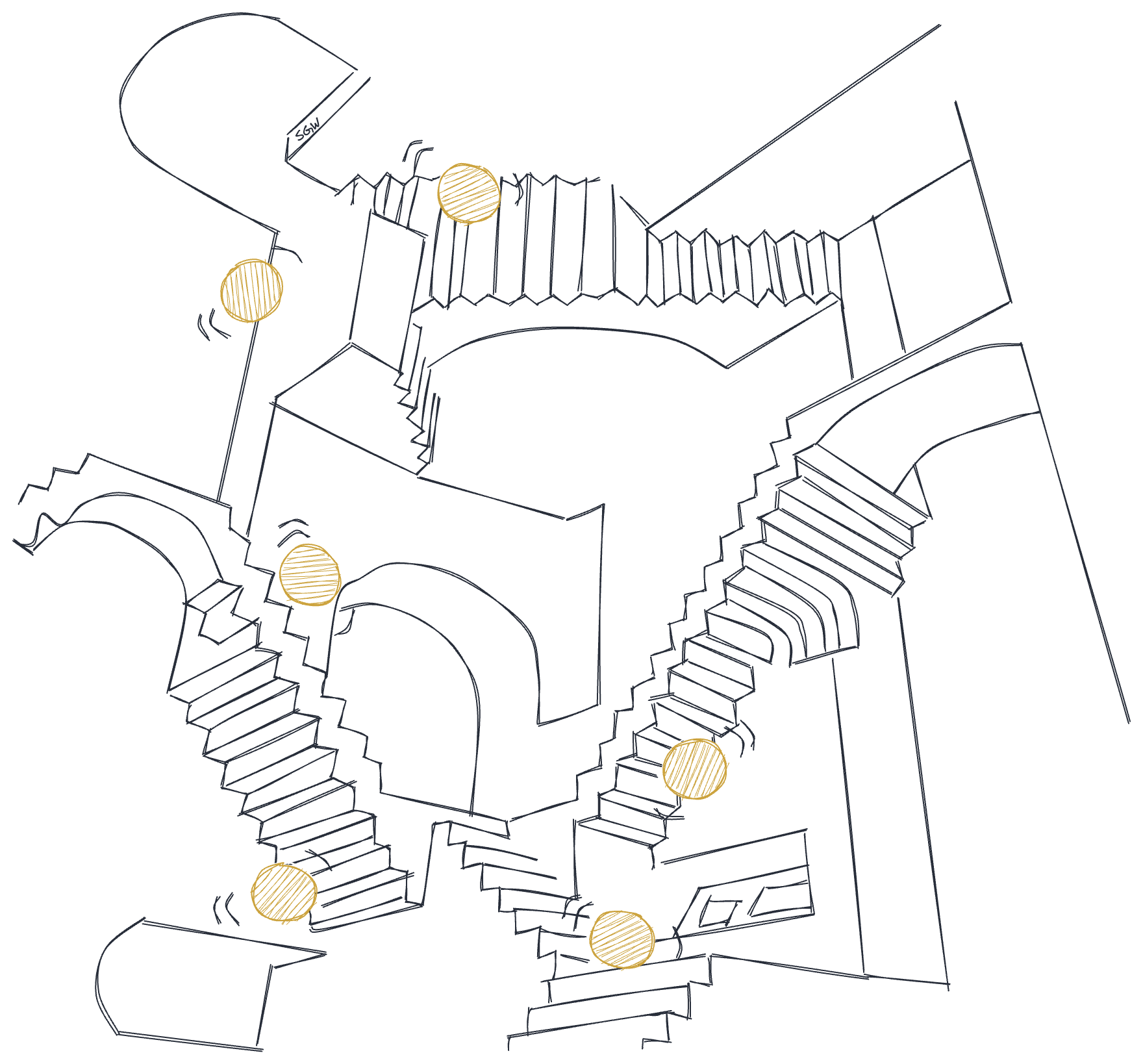Who Generally Accepted GAAP?
Generally accepted accounting principles (GAAP) are the financial equivalent of democracy. If you’re using it, know that it’s the least worst way of tracking the financial performance of your business – except for all others. If you’re not using it, well, it’s the uncredible way to gain credibility, and eventually, you probably will.
If you’re running a business, the fact of the matter is that you have to keep track of how you’re doing. It’s also true that there are lots of subjective ways to count how much money you are (or are not) making. And while GAAP can be helpful in that regard, it can also be useless – or worse, misleading.
Take the case of Netflix. If you look at its income statement, it made $4.5B in 2022. But if you look at its cash flow statement, operations burned through $50M. How could a company make $4.5B and end up with less in the bank?
The answer lies in a line item called “Additions to Content Assets” and how it compares to another line item called “Amortization of Content Assets.” See, Netflix spends lots of money each year – $16.8B in 2022 – to produce and acquire content to put on its platform. But it estimates that that content will be consumed by subscribers for many years to come. So rather than recognize all of that cost on its income statement, it amortizes it (i.e., only expenses a portion of it each year). Here’s the magnitude of that. While Netflix spent $46.3B from 2020 to 2022 adding to its content assets, it only expensed $37B. That leaves an $9.3B gap. Over the same three-year period, Netflix’s cumulative profits were $12.4B. In other words, the question of whether Netflix makes $4B per year or $1B per year (a big difference!) is a subjective one and depends on whether or not you believe the company’s own estimates about the residual value of its content.
Here’s what the company’s auditors say about that: Auditing the amortization of the Company’s Content is complex and subjective due to the judgmental nature of amortization which is based on an estimate of future viewing patterns.
Translation: They have no idea either. Presumably there’s a spreadsheet somewhere (that’s definitely wrong!) where if you change the value of one cell (the one that calculates estimated future viewing patterns), you could double the company’s profit or cut it in half. Let that sink in.
That said, I’d hate to be the CFO of Netflix. I don’t know that I can top this methodology, but I certainly wouldn’t sleep well greenlighting content development that led to the company burning through billions of dollars with an uncertain and arbitrary return profile.
This is why every business owner needs to think hard about what they watch and how they want to run their business. If you’re investing in software development, under GAAP you may capitalize that as an “Intangible Asset” on your balance sheet instead of expensing it. But what if you had to call it “Ephemeral Property” or “Non-Existent Stuff” or “Touchy-Feelies” instead?
Would you be as excited about investing?
– By Tim Hanson


